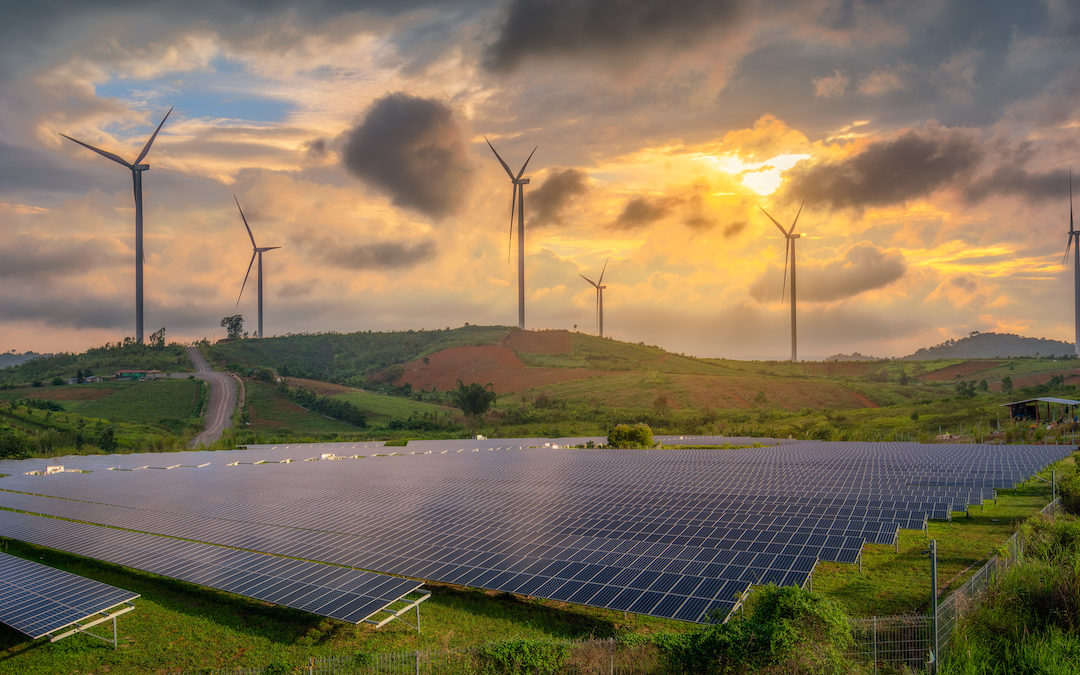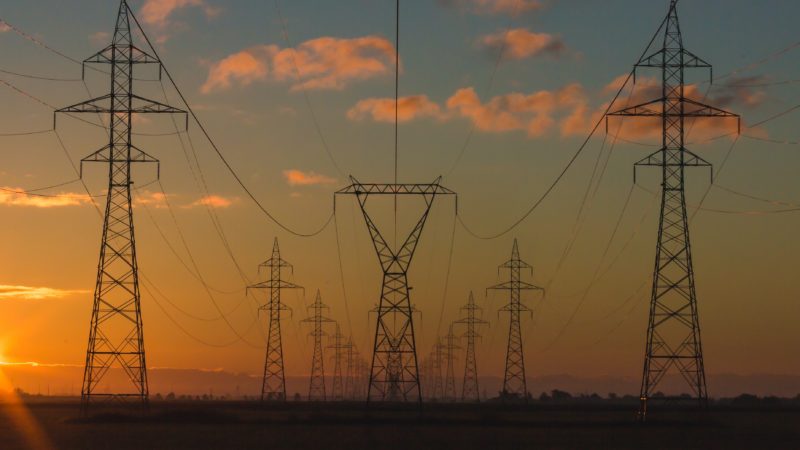
After a series of intense negotiations, the 2022 global COP conferences (COP27 & COP15) delivered a number of notable accomplishments. Among them included a landmark agreement on climate-induced losses and damages and a commitment to conserve 30% of land and oceans by 2030 (“30 by 30”). The consensus, however, is that global leaders yet again failed to meet the moment of today’s environmental challenges with transformative action.
While it’s disappointing that a binding and equitable resolution addressing climate breakdown has yet to materialize, 2022 did deliver some big wins. The climate tech sector powered ahead, investing, innovating, and capitalizing on its estimated $1.4 trillion market potential. Additionally, the industry strengthened its storytelling capabilities across the board, capturing the attention of journalists, consumers, and policymakers like never before.
Here are some of the issues, trends, and policies that shaped the climate conversation in 2022.
Overcoming Economic and Supply Chain Challenges
A variety of challenges persisted for the climate sector throughout 2022, including high inflation rates, COVID-19 supply and labor disruptions, frequent natural disasters, partisan pushback against ESG, foreign affairs difficulties, and tariff disputes (to name a few…). Despite ongoing market instability, climate tech proved resilient, with record amounts of clean energy coming online throughout the year. And for the first time ever, solar, wind, geothermal, and other renewables accounted for nearly a quarter of the US energy supply.
The impetus for affordable, renewable energy is finally strong enough that climate tech investors and companies know to push through short-term market discomfort. This is a big change from the previous, infamous cleantech boom and bust that occurred in the mid-2000s, and can be partially attributed to the industry’s growing focus on marketing and communications.
Storytelling is a fundamental part of scaling any industry, but was critically lacking in climate tech two decades ago. Today, however, vastly more cleantech companies understand the true power of a narrative — and are reaping the benefits as a result.
Finally, Actionable Legislation
Climate tech had some incredible wins throughout the year, most notably the introduction of the Inflation Reduction Act (IRA), which offers strategic investments and generous, long-term subsidies to a wide range of clean technologies. Set to restore manufacturing as a pinnacle of blue-collar employment, the IRA is fundamentally altering the makeup of the United States economy.
The economic benefits of the IRA, including next-generation manufacturing jobs and increased tax revenues, will primarily benefit states with a high dependence on fossil fuels and low public sentiment for renewable alternatives. This represents a pivotal opportunity to broaden the demographic support for renewable energy, as effectively demonstrating — and communicating — how environmental and economic policies can be coupled to benefit people across political and socioeconomic boundaries is a powerful tool for changing minds.
The global spillover effects from the IRA have already been considerable. Canada recently passed its own climate tech subsidies and Europe is set to do the same in the coming weeks as they look to shore up their own domestic industries.
We Voted
In spite of widespread predictions, a “red wave” failed to materialize during the 2022 midterm elections, with President Joe Biden’s climate and infrastructure-heavy agenda overperforming at the polls. Still, newly-gained Republican control of the house is likely to bring fresh challenges to the climate industry, especially as political attacks on ESG investors — which run contrary to free enterprise thinking and are broadly unpopular with Americans — continue to ramp up. Buy-in from states and municipalities will be key to mobilizing federal funds and mitigating environmental destruction in the new year, as well as the damage caused by wildfires, floods, hurricanes, and other disasters as a result of climate change.
Eyeing Layoffs in Tech for Talent Acquisition
One of the top stories throughout the year has been the tech industry’s systemic layoffs, which are nearing 100,000 employees. Fortunately, many of these professionals have found new and exciting opportunities, with the climate sector recruiting a disproportionate number of them to “green collar” jobs.
The attractiveness of climate work to tech professionals can partially be attributed to the industry’s similarity to the dot-com boom 25 years ago, which saw the internet become a transformative industry. In this same sense, climate tech is a high-growth, disruption-prone sector that’s revolutionizing the world’s economy. And whereas the internet promised decentralized computing and user empowerment, climate tech offers decentralized energy production and ratepayer empowerment. The similarities are uncanny, and entrepreneurs, investors, and tech workers see it clear as day.
Taking Advantage of a Moment in the Limelight
After years of being ignored by regulators, many of the structural problems facing the climate industry — like ongoing interconnection delays and permitting backlogs — are finally getting the attention and investment they deserve. While not particularly ‘flashy,’ addressing these issues is key to freeing the renewable energy sector from the inefficiencies and bottlenecks currently shackling it.
There’s also been a renewed focus on expanding the national power grid and improving its resilience, with targeted investments surpassing $65 billion from the Inflation Reduction Act and the Infrastructure Investment and Jobs Act. Though this represents a positive first step, much greater investment will be needed in the coming decades to support prolific renewable energy expansion.

Opportunities Abound for Climate Tech in 2023
The climate tech market is hot right now and shows no sign of cooling off, even in the face of a looming recession. Its well-diversified demand portfolio includes governments delivering on environmental policy initiatives, businesses improving their ESG performance, and consumers reducing their environmental impacts, and therefore hedges against market turbulence.
The increasingly salient impacts of climate change, namely extreme weather events, continue to play a role in shifting public sentiment, with two-thirds of consumers now reporting they’ve taken at least one action to reduce their personal carbon footprint. This includes 60% that have purchased energy-efficient appliances, 44% that have reduced the amount they drive, and nearly 25% that have chosen to source their electricity from renewable sources.
While the earth’s climate remains in a perilous position, climate tech — thanks in part to its embrace of storytelling — is thriving and has proved itself resilient in the face of turbulent market conditions. The industry now finds itself in a momentous time of opportunity, as the past year of catalysts (most notably the IRA) have finally ushered in the Age of Adoption for green industry.
If you’re interested in following the climate and mobility trends our team will be watching closely in 2023, subscribe to our newsletter, The Climate Brief, to be sent the list.